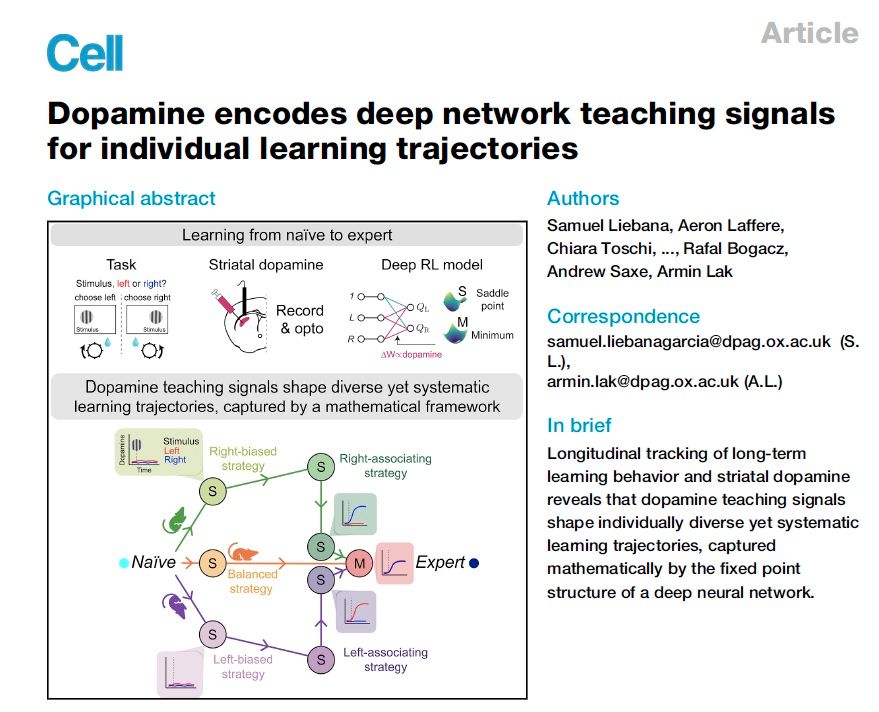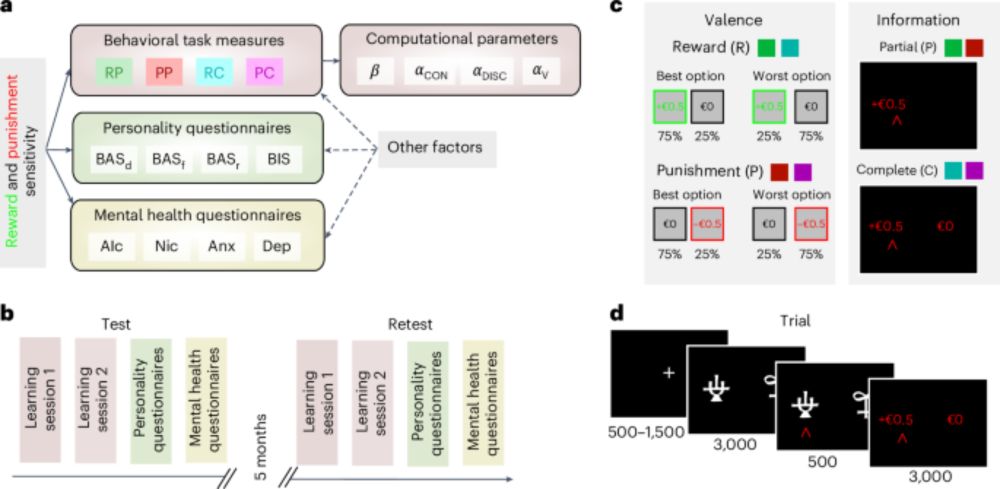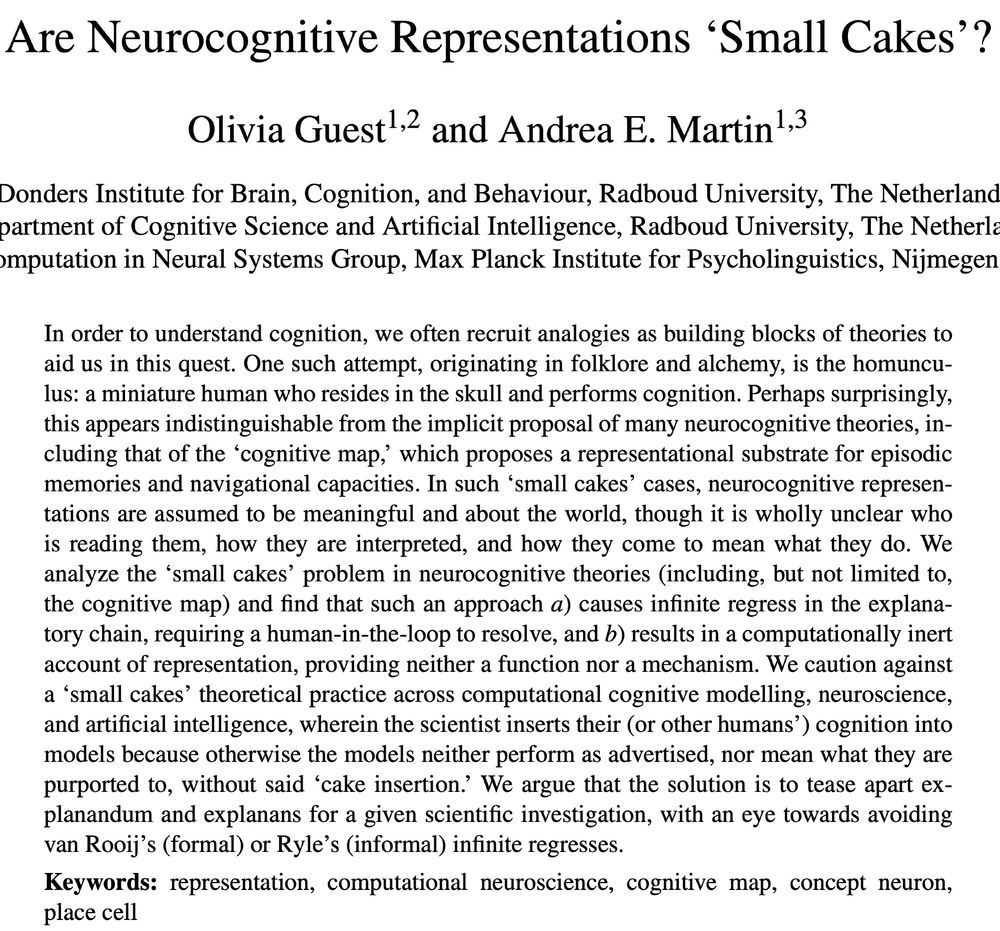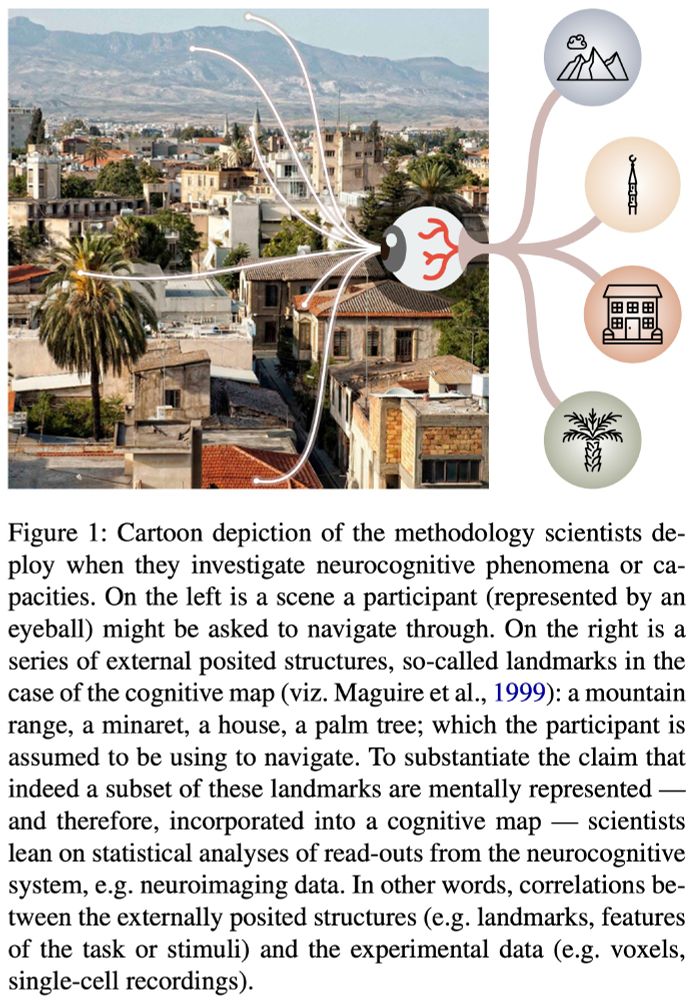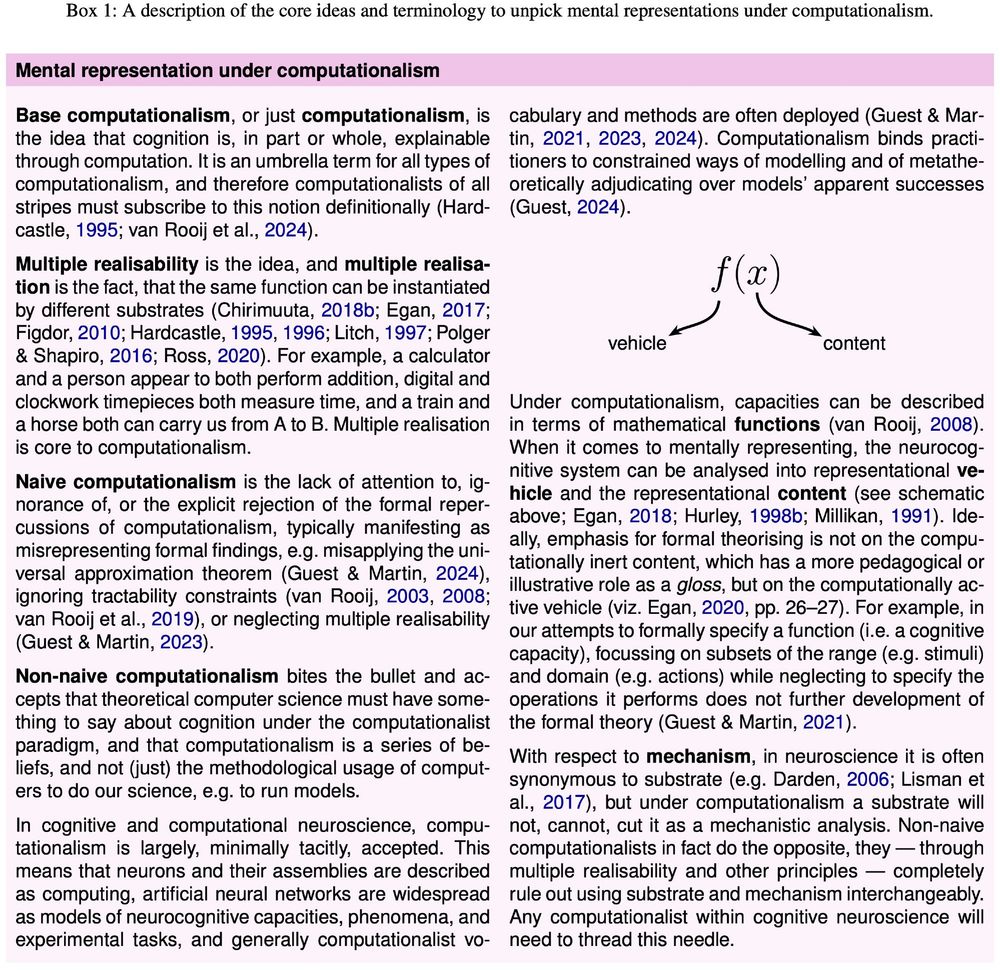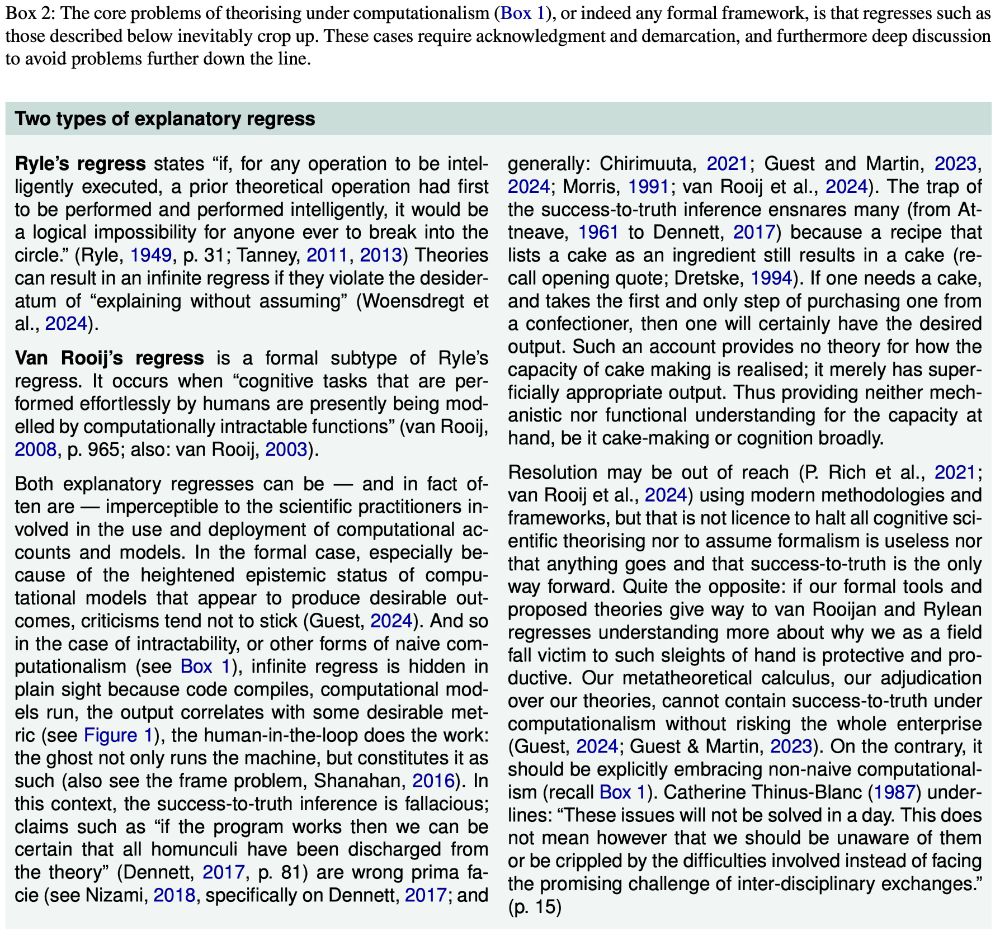Sami Beaumont
@samibeaumont.bsky.social
27 followers
72 following
27 posts
Psychiatrist @ GHU Paris psychiatry and neurosciences
Research in computational cognitive science @computationalbrain.bsky.social
Posts
Media
Videos
Starter Packs
Reposted by Sami Beaumont
Esther Mondragón
@emp1.bsky.social
· Sep 6
Reposted by Sami Beaumont
Reposted by Sami Beaumont
Mel Andrews
@bayesianboy.bsky.social
· Jul 17
Reposted by Sami Beaumont
Reposted by Sami Beaumont
Sami Beaumont
@samibeaumont.bsky.social
· May 28
Sami Beaumont
@samibeaumont.bsky.social
· May 28
Reposted by Sami Beaumont
Reposted by Sami Beaumont
Reposted by Sami Beaumont
Reposted by Sami Beaumont
Tobias Hauser
@tobiasuhauser.bsky.social
· May 14

Brain Explorer - Test your brain power
The brain explorer app for Apple and Android tests your brain functions and helps researchers to understand the brain. Explore your brain power and how brain functions are important for mental health.
www.brainexplorer.net
Reposted by Sami Beaumont
Reposted by Sami Beaumont
Reposted by Sami Beaumont
Sami Beaumont
@samibeaumont.bsky.social
· Apr 16
Reposted by Sami Beaumont
Reposted by Sami Beaumont
Javier Abalos
@abalosaurus.bsky.social
· Nov 15

Behavioral threat and appeasement signals take precedence over static colors in lizard contests
Behavioral signals outweigh static color patches in determining the winner of territorial disputes. To understand what limits aggression in wall lizards, w
academic.oup.com
Reposted by Sami Beaumont
Reposted by Sami Beaumont
Reposted by Sami Beaumont







